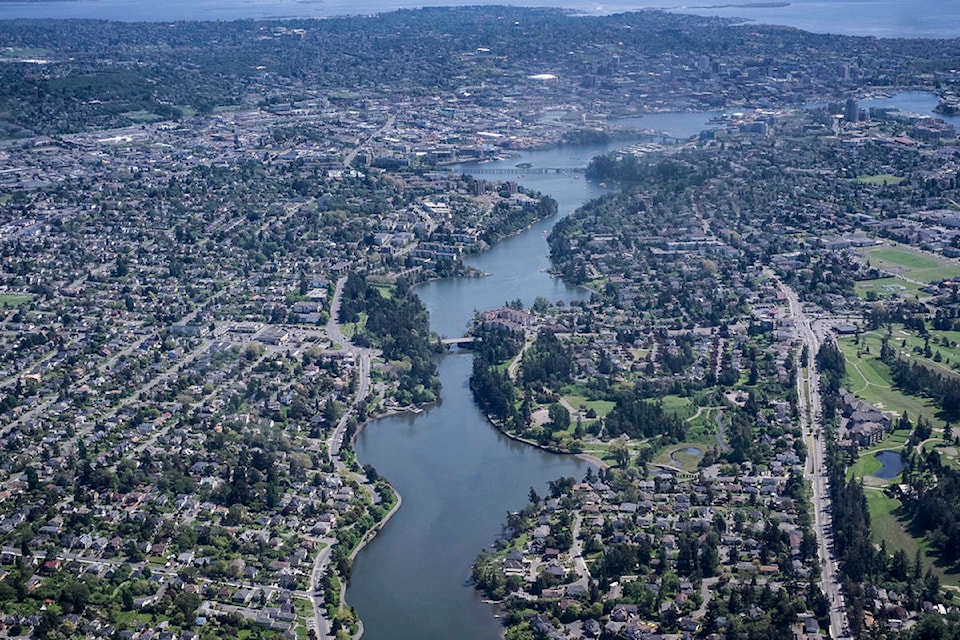Some 10,000 residents of the Victoria Census Metropolitan Area (CMA) in 2021 were immigrants who had arrived within the last five years of the last census, according to new figures from Statistics Canada, which shows that almost one in four people (23 per cent) fall into the category of landed immigrant or permanent resident in Canada.
“This was the highest proportion since Confederation, topping the previous record of 22.3 (per cent) in 1921, and the largest proportion among G7 countries,” it reads.
According to Statistics Canada, just under 1.3 million people fell into that category for the entire country, with Greater Victoria making up 0.8 per cent of that total. This figure marked an increase from the 2016 census, when Greater Victoria attracted 7,690 people — or 0.6 per cent of the national total.
Of those 10,000, just under 6,300 were born in Asia, with the Philippines (1,740), India (1,205) and China (1,195) ranking as the top three source countries from that continent. European countries sourced 1,350 people with the United Kingdom (545) leading the way, followed by Germany (125). The Americas accounted for 1,430 people, led by the United States (825).
Overall, immigration is trending up in Greater Victoria. During the decade from 2011 to 2021, 17,700 immigrants came to the area, almost 5,000 more people than during the decade between 2001 and 2010. But the region still lags behind the rest of the country, a potentially troubling development given Canada’s growing reliance on immigrants in the labour force.
RELATED: Canada seeks to increase immigration over next three years even as pandemic rages on
Statistics Canada notes that more immigrants are now working in Canada than before the pandemic and immigration contributed to nearly 80 per cent of the growth in Canada’s labour force between 2016 to 2021 against the backdrop of Canada’s aging population and below-population-replacement fertility.
According to the 2021 census, 18.6 per cent of Greater Victoria’s population are recent or established immigrants, a rate below the national rate of 23 per cent. Ten out of Canada’s 41 CMAs surpass the national rate with Greater Toronto leading the way at 46.6 per cent, followed by Vancouver (41.8 per cent) and Calgary (31.5 per cent).
To appreciate Greater Toronto’s pull, consider the following figure. Almost 30 per cent of all immigrants who arrived in Canada between 2016 and 2021 settled in Greater Toronto with Greater Montreal (12.2 per cent) and Greater Vancouver (11.7 per cent) distant seconds and thirds.
“The fact that most established immigrants and recent immigrants choose to settle in large urban centres has had a profound impact on Canada’s cities,” it reads. “New immigrants tend to join existing immigrant communities already established throughout the country, especially in its largest cities. Family, friends, jobs, housing and lifestyle are some of the key factors that immigrants consider when selecting their new home.”
This said, Statistics Canada points out recent immigrants are increasingly choosing to settle outside of the large urban centres of Toronto, Montreal and Vancouver, a move that “may partly reflect the higher shelter and housing costs and availability in these cities, as Toronto and Vancouver reported the highest rates of unaffordable housing in the 2021 census.”
Do you have a story tip? Email: vnc.editorial@blackpress.ca. Follow us on Twitter and Instagram, and like us on Facebook.



